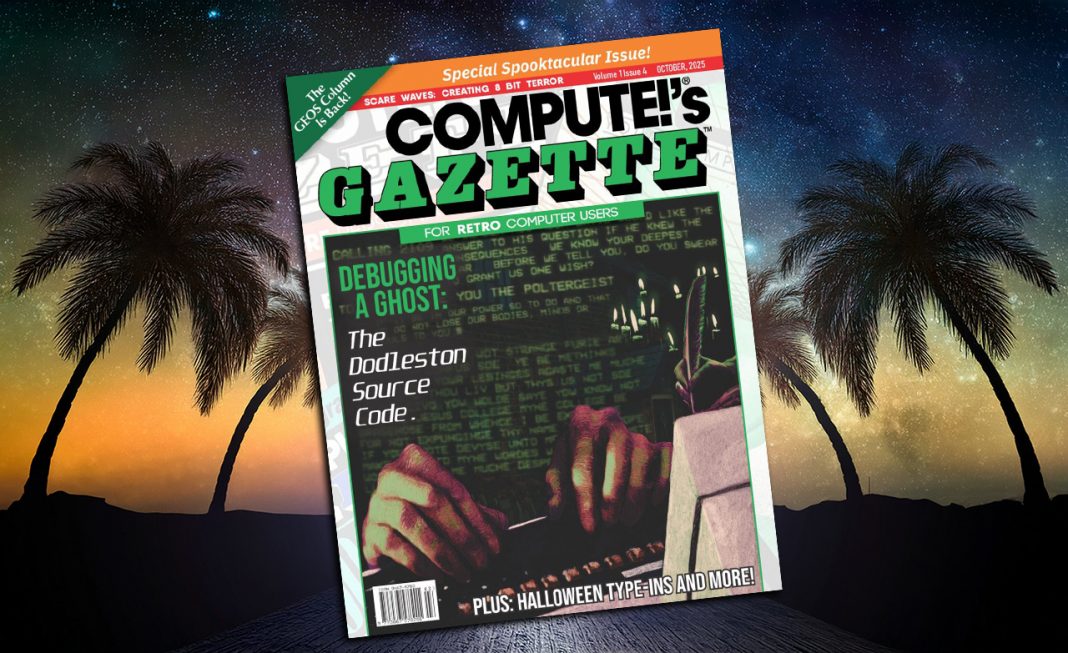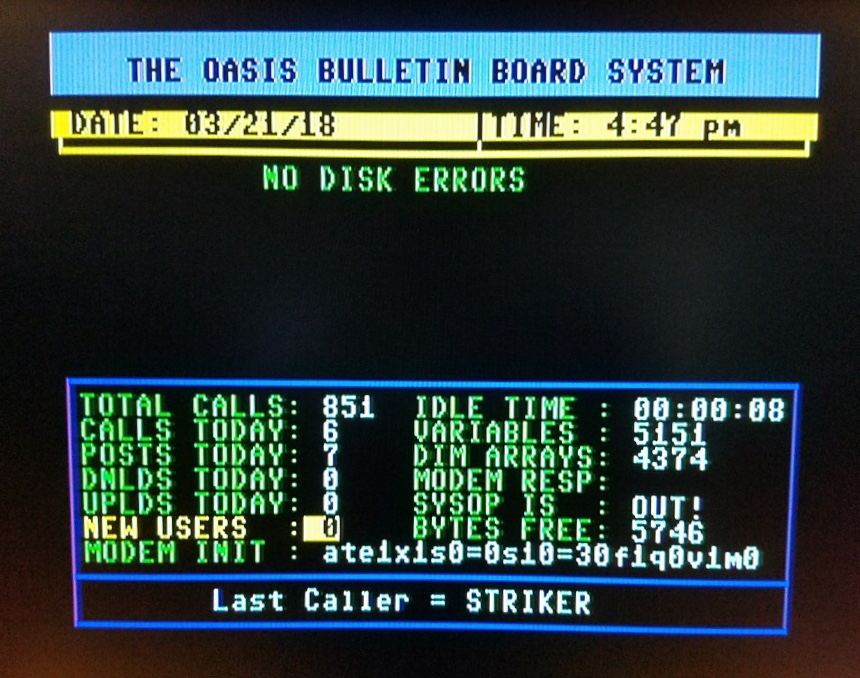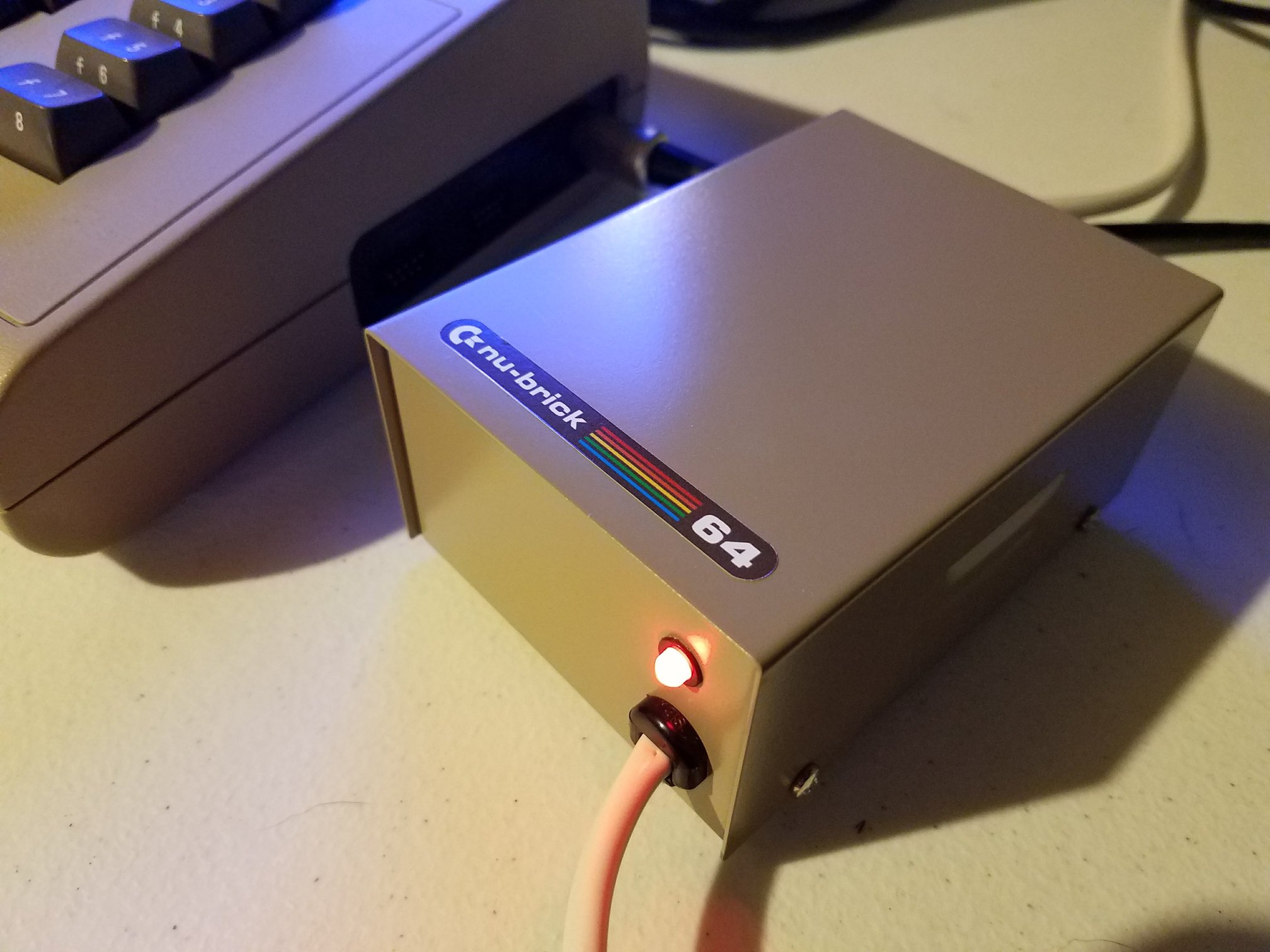The October 2025 issue of Compute!’s Gazette glows like a haunted monitor in a darkened room. Titled the “Special Spooktacular Issue,” it blends haunted computing history, eerie type-ins, and vintage horror in one unforgettable edition. Its cover feature, Debugging a Ghost, explores one of the strangest mysteries in tech folklore—the Dodleston Source Code.
This chilling article revisits a true story involving a BBC Microcomputer in a quiet English cottage. A teacher claimed to receive mysterious text messages from a man living in the 16th century—and from an entity calling itself “2109.” Was it a prank, a paranormal glitch, or something science cannot yet explain? Debugging a Ghost captures the intrigue of this bizarre event with just the right mix of skepticism and curiosity.
Retro Horror and Classic Frights
The magazine continues its Halloween theme with Scare Waves, a piece on how fear was programmed into 8-bit systems. It reveals how limited colors, harsh sound effects, and inventive coding made early horror games truly unsettling. Every shriek from a SID chip or sudden sprite flicker was a jump scare waiting to happen.
In Retro Horror Classics, readers revisit Project Firestart and Beyond the Forbidden Forest. Both games pushed the Commodore 64’s limits to create eerie, cinematic tension. They remain milestones in the evolution of horror gaming.
Meanwhile, Today in Retro History looks back at pivotal tech moments from past Octobers. It covers the Apple III’s rocky debut, the secret IBM–Microsoft partnership, the launch of the Intel 80386, the NES’s American release, and the success of Windows 3.0. Each short feature adds depth and context to the spooky season.
GEOS Makes a Comeback
A fan favorite returns this month: the GEOS Column. After years of absence, the column once again celebrates this groundbreaking graphical operating system for Commodore users. The latest entry discusses modern hardware adaptations and software tweaks that keep GEOS alive today.
Readers interested in programming can continue their 6502 Assembly lessons in Some Assembly Required. This month’s tutorial includes Halloween-themed examples that test logic and creativity. It’s a perfect challenge for anyone who enjoys typing code by candlelight.
Halloween Coding and Retro Projects
No Halloween issue would be complete without themed programs to type in. Roman Werner’s A Halloween Treat offers a short, festive demo for the Commodore 64. Atari users get new sound routines to experiment with, and Commander X16 fans can enjoy the arcade-inspired Tunnel Run.
The Commodore Corner column shares updates on the FPGA-based Commodore 64 Ultimate project. Readers learn about its design progress, HDMI testing issues, and import hurdles that have delayed production. It’s a fascinating peek behind the curtain of modern retro hardware design.
A review of H.E.R.O. is Back adds more nostalgia to the mix. The remake modernizes the 1984 classic without losing its addictive feel. It respects the original while polishing the gameplay for today’s fans.
Podcasts and Retro Voices
This issue debuts Podcast Corner, a new column that explores the growing audio side of retro culture. The first feature highlights the Floppy Days podcast, a long-running favorite covering classic computers and interviews. It connects readers to another medium that keeps vintage computing conversations alive.
The Haunted Side of Computing
Compute!’s Gazette Issue 4 captures the mysterious and imaginative side of retro technology. From haunted machines to eerie demos, it celebrates curiosity and creativity across decades of computing.
Debugging a Ghost stands out as the issue’s most captivating story. It blurs the lines between folklore, history, and digital intrigue. For readers fascinated by haunted hardware and paranormal programming, this article alone makes the issue worth reading.
Packed with Halloween projects, retro reviews, and programming tips, this issue feels alive with spirit—figuratively and perhaps literally.
Turn down the lights, start your Commodore, and enjoy the ghosts that still linger in the code.








